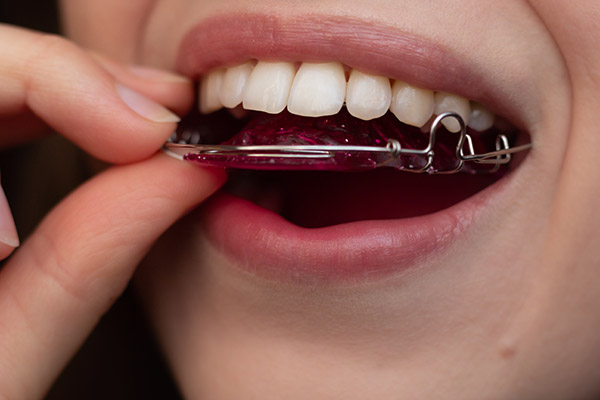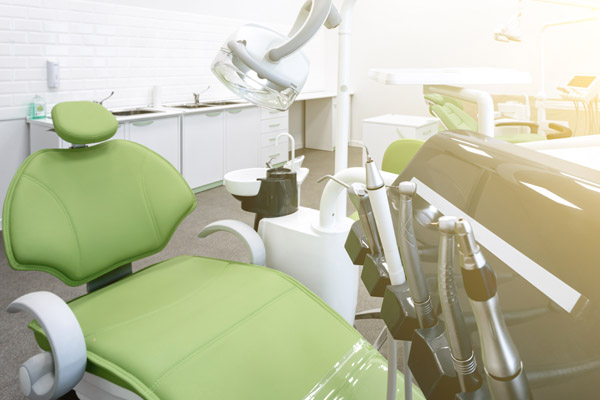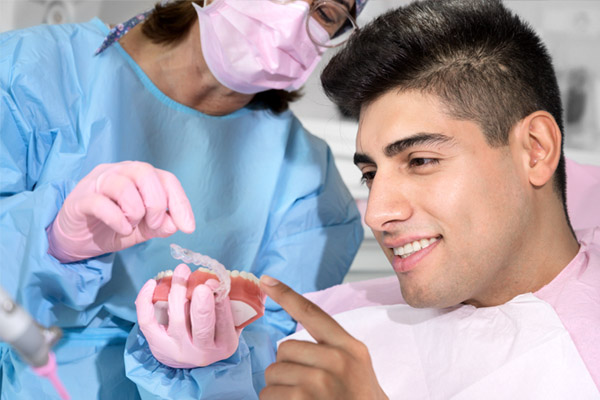 Maintaining the position of the teeth after orthodontic treatment requires the use of dental
retainers. Read on to learn about the different types of retainers available. As soon as the braces or aligners come off, your teeth will begin repositioning themselves to where they were before treatment. To avoid relapse, you should use retainers. They are unique to each patient's mouth and ensure that your smile will look great and remain well-aligned for several years to come.
Maintaining the position of the teeth after orthodontic treatment requires the use of dental
retainers. Read on to learn about the different types of retainers available. As soon as the braces or aligners come off, your teeth will begin repositioning themselves to where they were before treatment. To avoid relapse, you should use retainers. They are unique to each patient's mouth and ensure that your smile will look great and remain well-aligned for several years to come.
The different types of retainers after orthodontic treatment
An imprint of the patient's teeth in their present position (post orthodontic treatment) is needed to create a retainer. Plaster impressions or molds of the teeth are then made to replicate their precise form and position. It all depends on the kind of retainer option the orthodontist recommends — the retainer may be created in the dental office in as little as 30 minutes or in a dental lab using the mold. The latter takes about a week.
Retainers come in a variety of forms, each serving a specific purpose. During a consultation with the orthodontist, they will go over all of the choices and help patients choose the ideal retainer for their situation.
Clear retainer
Clear retainers are the most popular form of retainer. After completing orthodontic treatment, the retainers are generally created the same day. The plaster cast of the teeth is produced using a plastic substance. The creation process means getting a replacement is also just as convenient.
Hawley retainers
Previously, Hawley retainers were a frequent post-orthodontic treatment option. The retainer consists of a wire attached to the front of the teeth, and an acrylic substance is used for the palate. A Hawley retainer is identical to a clear retainer in terms of functionality, but it is more obvious.
Fixed retainers
The orthodontist bonds a thin wire to the rear side of the front teeth to produce fixed or bonded retainers. It is called a fixed retainer because it is only removable by the orthodontist, not the patient. Parents of young patients may find fixed retainers appealing since they are pleasing and cannot be misplaced, but they might be more time-consuming to care for and maintain.
Keeping the retainers in top shape
After completing orthodontic treatment, patients will be required to wear a retainer consistently. They should be taken off only while eating, drinking, or engaging in physical activity. Periodically, the orthodontist will check the retainer wear to see whether it has settled in. After that, the retainers can be worn solely at night when sleeping.
Use warm (not hot) soapy water and a soft sponge to clean removable retainers. Brush and floss the bonded retainers regularly. Keep the detachable retainers in a secure, dry location in a protective case.
In Conclusion
Relapse is more probable if you do not use a retainer for an extended period. If you misplace or break the retainers, please get in touch with the dental office right away to arrange for a replacement or repair.
Request an appointment or call Precision Orthodontics & Pediatric Dentistry at 703-391-8800 for an appointment in our Reston office.
Recent Posts
Finding the best orthodontist for your family involves more than simply selecting the nearest practice in the Reston area. Orthodontic treatment often spans months or even years, making it essential to choose a provider who can meet both clinical and personal needs. Knowing which questions to ask and information to consider can help ensure that…
Accelerated orthodontic treatment provides a faster alternative to traditional braces, making it a preferred option for many patients seeking quicker results. This method focuses on reducing treatment time without compromising the quality of tooth movement or long-term dental health. Accelerated orthodontic treatment is ideal for individuals seeking efficient yet safe options for correcting alignment issues.Accelerated…
Ceramic braces are a less-noticeable alternative to metal braces. Similar to metal braces, ceramic braces are made up of two main components: wires and brackets. The brackets are glued to each of the patient’s teeth, while the wires connect the brackets on each dental arch. The wires are used to control how much force the…


